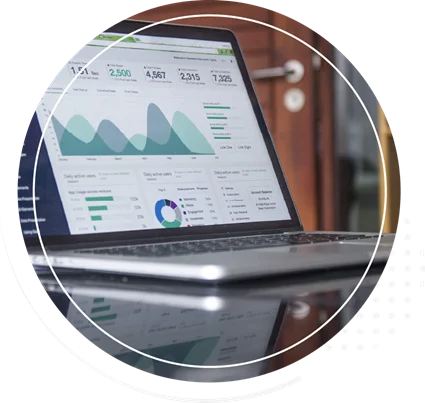Over the last few years many businesses have moved aspects of their business operations to cloud computing. It offers many advantages, including potential cost savings. However, there are also significant risks associated with cloud computing. So what are some of the factors that companies should be aware when evaluating cloud computing, and how do you mitigate the risks associated with it?
Cloud computing is an environment of interconnected servers providing computing resources in an elastic and dynamic manner based on computing need. The hope with cloud computing is that the underlying hardware is not significant to the equation, which allows the actual processing needs to be addressed dynamically based on need. The costs of cloud computing are normally based on a usage model, with payments being charged on a time usage or occurrence basis. As your computing needs change you can dynamically allocate more or less resources.
Another important factor is that the speed at which content is delivered to end users plays an important role in the success or failure. In regards to websites and services, delivering content as fast as possible to the end user is very important in making sales. Search engines now factor in load times in their search rankings, which users have factored in for many years. If your content is delivered using the old model of hosted servers located in data center(s) thousands of miles away from users, you may not be achieving your full potential conversion rate. This rapid content delivery has become so important that content delivery networks (CDN) have been established to aid in getting static content to the user even faster by utilizing thousands of servers located everywhere.
The primary potential advantage of cloud computing is the significantly lower cost required for data processing services, since you only pay for what you consume instead of the old model where you purchase servers that often sit mostly idle. The old model of computing resources often required you to purchase more than enough processing power in order to accommodate peak demand, even though the peak rarely happens which then lead you to server(s) being mostly idle.
The use of cloud computing removes the need for the potentially large capital and operating costs associated with purchasing or leasing such hardware and software, and shifts those costs to a usage-based model. Purchasing or leasing hardware often requires agreements that lock you into a specific set of computing resources regardless of how your needs change over time.
Cloud computing has its risks and disadvantages, however. Cloud computing typically has a dislocated nature in which your software runs on the cloud computing providers’ servers, which then means you are tied to the provider maintaining a certain quality level of assurance. Often times this dislocated nature is considered an advantage as it augments your staffing needs but could be problematic as you rely on the provider and cannot do it yourself.
Another disadvantage to cloud computing is the substantial risks in privacy and confidentiality. By using a cloud system, company sensitive data and information is stored on third-party servers of which you will have very limited knowledge or control over. A breach of these systems for another client could overflow and compromise your data which could have devastating effects.
A key component to cloud computing is establishing effective contingency plans. These plans should cover all aspects that you can anticipate and propose ways to deal with these. For most small businesses, developing such plans are difficult since there are not a lot of desirable alternatives, but by establishing the best contingency plan you have a huge advantage when problems arise.
Business owners should carefully evaluate the use of cloud based systems, weighing the advantages and disadvantages. You need to be aware of the potential risks and problems that accompany cloud computing, to reduce and mitigate them. The substantial potential cost savings with increased freedom to elastically alter your computing resources can be quite significant for a growing business or even a well established one.
Interested in delving deeper? Contact us at enterprisetechnology@trellist.com.












